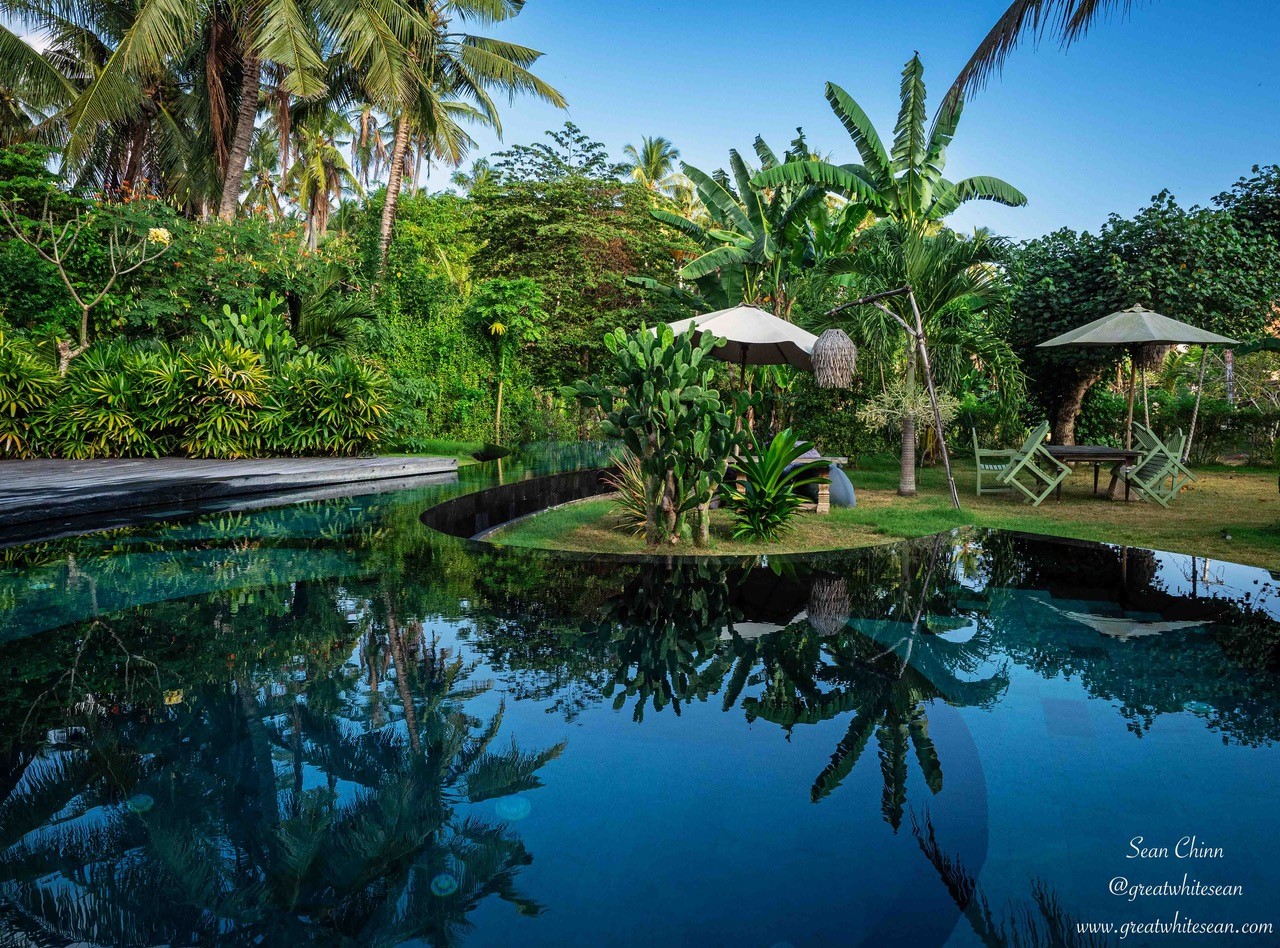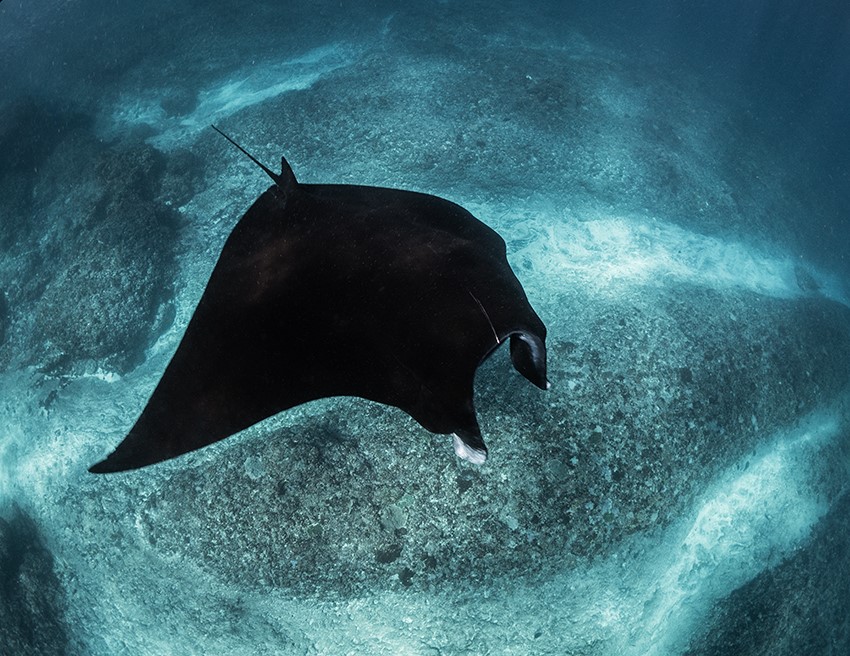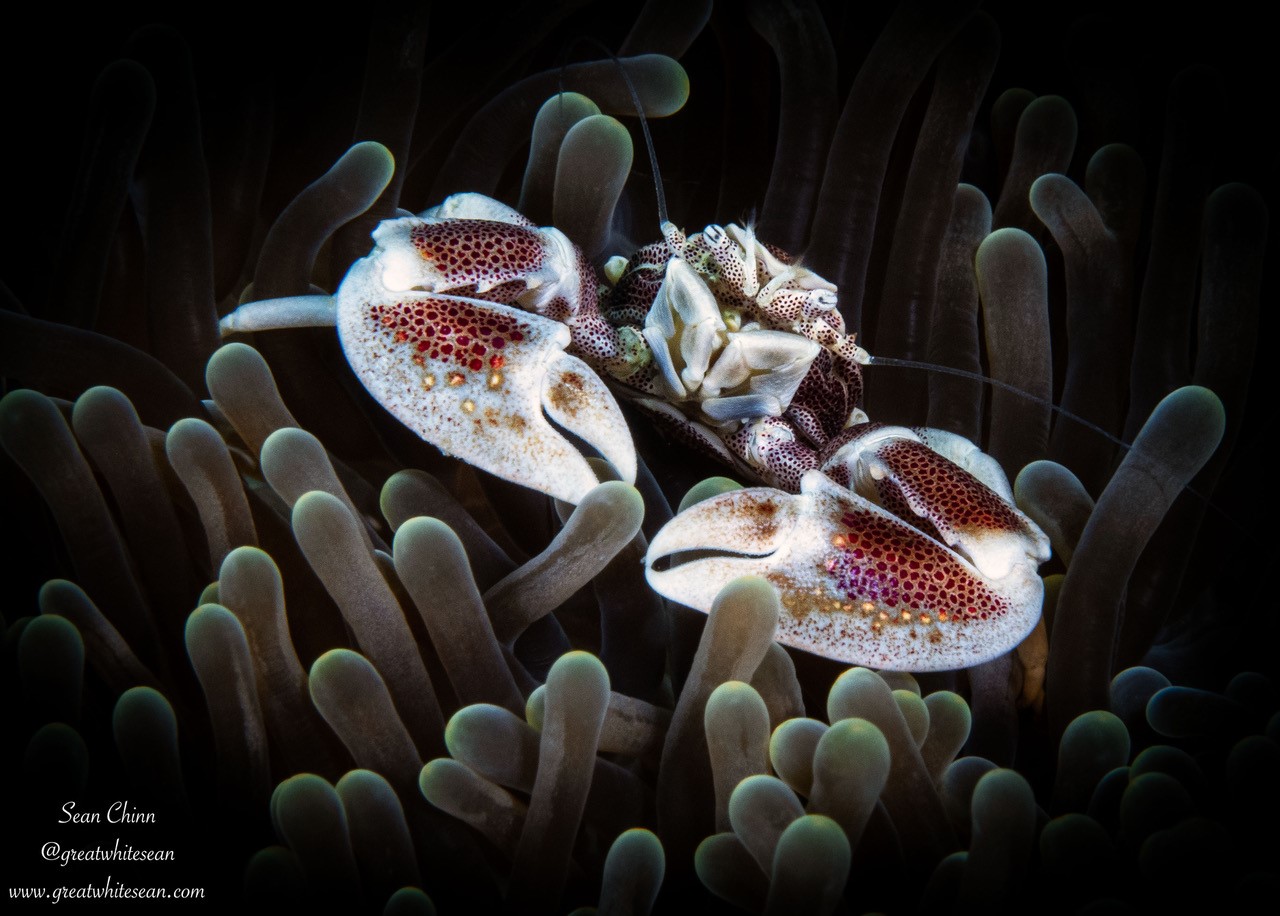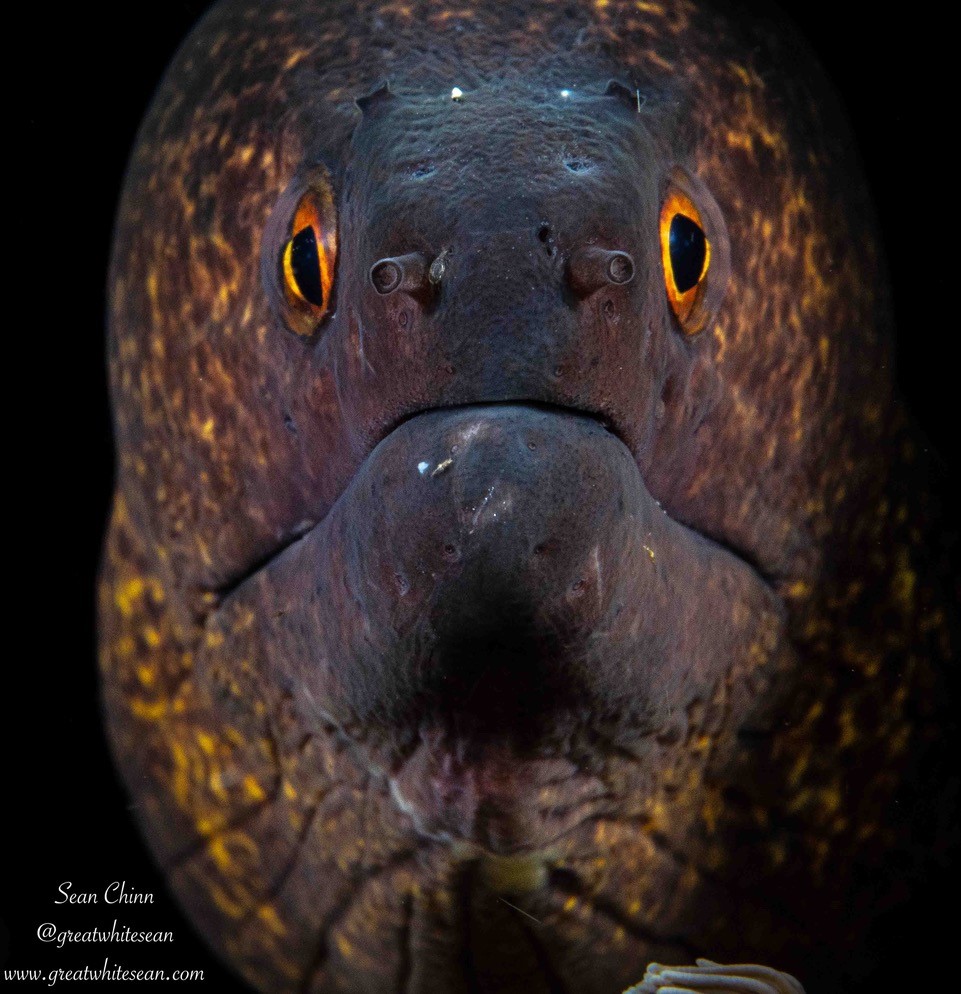Blogs
A Flying Visit to Nusa Penida, Bali
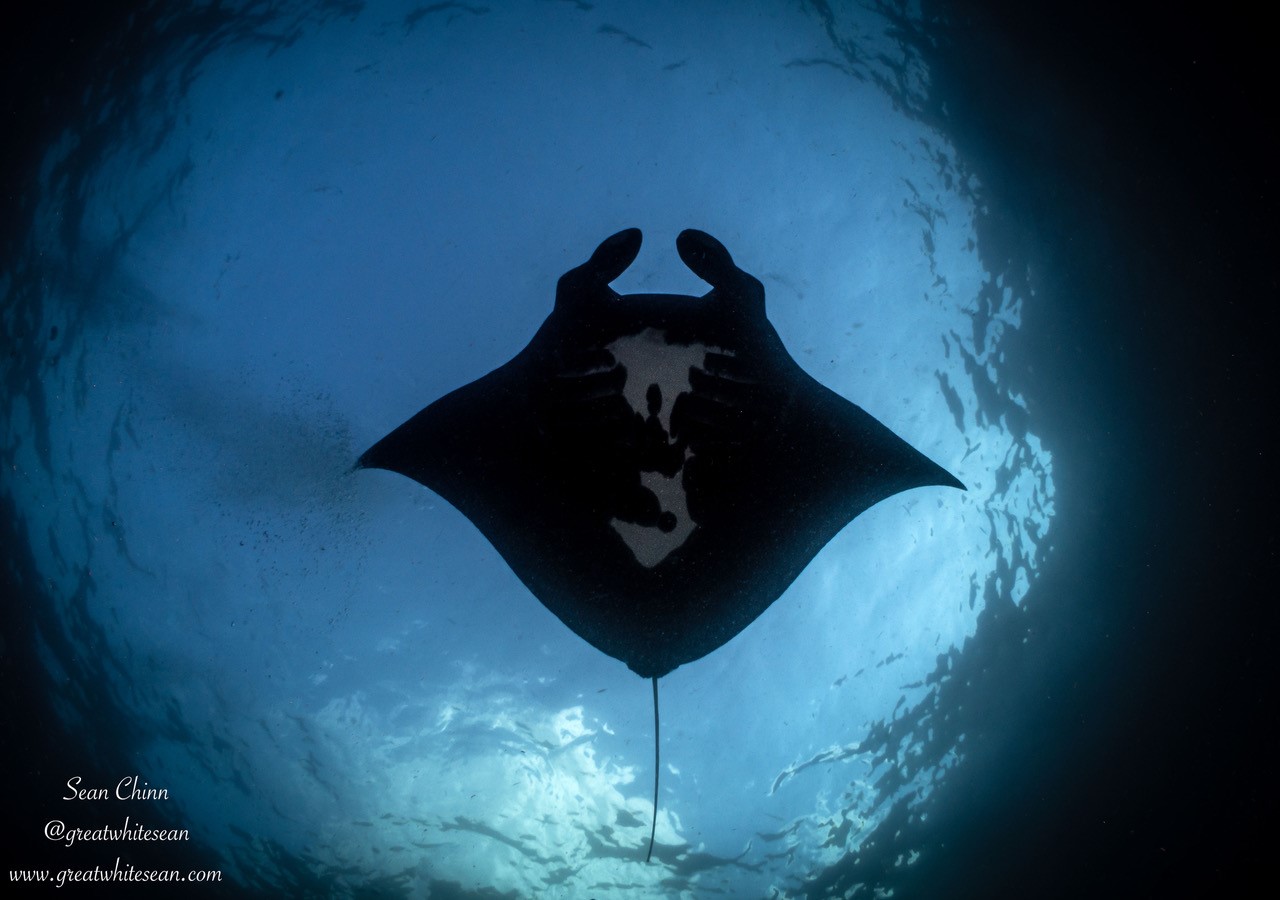
Once I’d organised my 6 day/5 night Jurassic Komodo trip, I knew, if I was going to travel all that way, I needed a bit more time to acclimatise and explore. With flying through Bali a popular route from the UK to Labuan Bajo, it made complete sense to spend a couple of days there before flying out. What better way to get the trip started than revisiting where my underwater photography journey started back in 2013 and diving around Nusa Penida? The opportunity came up to spend 2 nights with an amazing little dive resort on Nusa Penida Island called Pure Dive Resort, and it was the perfect start to my trip.
Pure Dive Resort was created in January 2019 after the owners sold their share in a dive resort they built on Ceningan, and has been operational since 1st May 2019. Pure Dive Resort has big plans to create a full-scale dive resort offering quality diving on Nusa Penida. Unfortunately, the Covid outbreak caused delays, and at the moment only the dive centre is operating. However, while I was there, you can see work is in full effect and the place is already looking amazing. After speaking to the owner Ark and the ambition he has for the place, it’s clear that Pure will be a sought-after resort on the island; a place focused on high service and safety standards, while concentrating on keeping it personal for each and every guest.
While the plans for the resort proceed, Pure Dive Resort are using Ring Sameton Hotel for their dive and stay packages, just a 2-minute stroll from the dive centre. Pure Dive Resort are running 2 custom built dive boats, each capable of taking up to 14 divers (including guides) onboard. I for one was very impressed with the dive boat and how spacious and comfortable it was, especially as ‘Manta Point’ is quite a ride away and it can be a little choppy; however, on this occasion the journey was a super comfortable and a fun ride out. The boats are equipped with marine radios, 2×100 4 stroke engines, emergency O2 and life jackets, keeping safety paramount. Not only is Pure Dive Resort a well-equipped dive centre, it also has a freediving school, and they use their own custom-built boat with the capacity of a maximum of 10 freedivers onboard.
While I was impressed with the professionalism and facilities of Pure Dive Resort, it was the equipment for hire and the capabilities of the centre which really stood out. As I was flying to Labuan Bajo late the next day, and I was only scheduled for 3 dives, I was reluctant to use my own dive gear for fear of drying time. I requested a wetsuit and BCD and was really impressed with the quality on offer. Almost brand new ScubaPro equipment is available, and you can see it is well looked after and kept in perfect order in a dry room at the back of the centre. So, after the formalities were over, it was time to get familiar with diving in Nusa Penida once again. Our first dive was scheduled for ‘Manta Point’, easily the most famous/popular dive site of Nusa Penida. I was really looking forward to getting back to a dive site that was the catalyst for me becoming an underwater photographer 10 years ago. The journey to ‘Manta Point’ is an adventure in itself, and just adds to the experience. The rough and ready coastline of dramatic cliffs, pounded by a lively sea, leave you in awe, as the rising sun breaks over the top of the island, creating dramatic rays of light through the spray and mist. The boat skips along the surface, with the excitement building over every swell.
After around a 45-minute journey, we arrived at ‘Manta Point’ earlier than a lot of the other boats that were heading there, thanks to Pure Dive Resort working to create the best experience for their guests and aiming to beat the crowds. Ark was my dive guide for the dive and one other diver would join us. After a thorough dive briefing, where you could tell Ark was very knowledgeable about the area, dive site and mantas, we dropped in and were soon graced by the presence of a black-morph manta ray. Honestly, it couldn’t have been much more than 2 minutes into the dive and the manta went gliding over my head. What a start! Two more manta rays were seen during the dive, but they didn’t seem to want to stay around. That’s wildlife for you; you can’t guarantee the manta rays will circle above you for the whole dive. We still got guaranteed manta rays and saw three, along with a fever of blue spotted stingrays all huddled together on the reef floor. A great start to my trip, and seeing a manta ray within 2 minutes of entering the water is pretty incredible.
Our manta fix wasn’t quite finished though. While we headed back along Nusa Penida to our next dive site, we stopped at a known manta feeding spot for juveniles. It’s an area where a lot of the snorkelling boats go to experience manta rays, and sure enough, we could see a lot of activity in the bay. Ark made the decision to take us over and see what kind of action was happening. It wasn’t long before we spotted a large black shape breaking the surface, and Ark asked if we’d like to jump in and snorkel. It was a unanimous decision and we were dropped in the path of the manta ray. More incredible manta moments were had, as it passed by circling the bay area as it fed. I managed to grab some cool shots showing the contrast of the top of the manta to the seafloor. Nusa Penida really is a unique place and great for manta ray interactions.
After a brief snorkel, we were soon back on the boat skipping across the surface to our next port of call located on the North West side of Nusa Penida. Our next dive site of choice was ‘Pura Ped’, a sloping hill reaching down from the surface creating a gradual descent broken up with stunning hard and soft coral spread throughout the site. The visibility was just amazing, and while Ark kept an eye on the depths in the hope of seeing Mola Mola, I concentrated on the reef and marvelled at the amazing coral on show. While we had no luck with Mola Mola, Titan triggerfish, huge pufferfish and three hawksbill turtles kept me entertained throughout a thoroughly peaceful dive.
Before I descended for my third dive of the day. We ventured back to the dive centre and enjoyed an incredibly tasty lunch, included with a dive day package. The Soto Ayam in the restaurant opposite the dive centre was bursting with flavour and well needed after two great dives.
My third dive was to concentrate on some macro critters that call Nusa Penida home, and Intan was highly recommended to be my guide. Intan had a big reputation with the other guides who said she was incredible at finding the small stuff. I wasn’t originally planning on doing any macro, so it was lucky that my room wasn’t far, and I rushed back to change my lens. The dive site also wasn’t far, as we made a short journey out to ‘SD Point’. I’m so glad I switched to macro and could witness and document the diversity of diving here. Intan’s reputation was well deserved, as she continually pointed out some amazing critters, with leaf scorpionfish, peacock mantis shrimp, scorpionfish, nudibranch, porcelain crab and more spotted throughout another amazing dive.
My trip to Nusa Penida with Pure Dive Resort was short and sweet, and left me wanting a lot more. A day of diving was nowhere near enough that’s for sure, with Ark confident he can find Mola Mola within a few days during the high season of August and September. I feel a trip must be planned for that time next year to explore so much more that this area has to offer. I feel I also missed out on exploring more of the island and its rugged beauty. A trip across to Kelingking Beach is a must next time (even though it is the quintessential tourist view of Bali). While I enjoyed meals at Penida Minang and Penida Colada, a week of culinary exploration is also much needed while I take in the sites. The only question I have now is – ‘Who’s joining me and Pure Dive Resort for an amazing week in Nusa Penida?’
For more information about diving in Nusa Penida:
Whatsapp: +62 811 3999 852
Sean Chinn Instagram: @greatwhitesean
Email: sean@greatwhitesean.com
Blogs
Alonissos: The complete diving destination (Part 1)

In June we were incredibly fortunate to be invited to dive in Alonissos, a small Greek Island in the Sporades island chain located in the North Aegean Sea. While I have long been a big fan of the Greek Islands as a great holiday destination, I had not had the opportunity to do any diving on previous visits and Mike and I were extremely excited to see what Alonissos had to offer both above and below the surface!

The Sporades are easily accessible via the airport in Skiathos (the first island in the chain), which is served by Jet2 flights from all major UK airports from May through October. Numerous ferries and charter boats make island hopping from Skiathos Town a breeze. After an hour boat ride, the picturesque port of Patitiri was a wonderful introduction to Alonissos, where we were met by our gracious hosts Kostas of Albedo Travel and Dias of Alonissos Triton Dive Center. Mike and I were delighted to be staying at the Paradise Hotel, aptly named for its stunning views over the sea and great location for walking to the waterfront.

Alonissos is beautifully situated in the National Marine Park of Alonissos and the Northern Sporades, the largest marine protected area in Europe. The surrounding seas offer fabulous marine life, including incredibly rare species such as the Mediterranean monk seal. They boast deep walls covered in gorgonians and sponges, stunning topography with caverns, swimthroughs and pinnacles, and the first accessible ancient shipwreck from 500BC!

In locations where historical sites have been reported, the waters are largely restricted, but with collaboration between government, underwater archeologists and dive centres, incredible underwater museums are being created for a truly unique diving experience. Alonissos is home to the first of these, the Ancient Shipwreck of Peristera Accessible Underwater Archeological Site. The chance to dive into history (along with reports of healthy reef life and amazing underwater topography) meant Mike and I were keen to get in the water.

Our introduction to the diving around Alonissos was at the Agios Georgios Pinnacles, in the channel between Alonissos and Skopelos. This fantastic site was named “The Chimney,’ and proved to have a huge amount to see. We got to a decent depth here (over 25m), and marvelled at a colourful reef wall with a wonderful swim through whose rocky walls were absolutely covered with life. As well as brilliant topography there was no shortage of macro life here. We saw numerous nudibranchs, five different species in total. The second dive at Mourtias reef nearby was a shallower dive along a nice wall with lots of crevices. Several moray eels and grouper called this site home. We enjoyed looking in the crevices for lobster and smaller benthic life, such as cup corals and tunicates.

Our itinerary allowed us two dives a day with afternoons left to explore the island with our hire car and evenings to enjoy the famous Greek hospitality. This proved to be a lovely mix of in-water and land based diversions.

The next days diving to the Gorgonian Gardens and Triton’s Cave was to be even better! These two stunning sites are nothing short of fabulous. The Gorgonian Gardens was a deep wall near to the Agios Georgios islands. The ever-present currents in this deep channel meant that the sea life was amazing … the namesake Gorgonian sea fans dotted the wall at a depth of 30 to 50 meters, getting ever larger the deeper we went. Above 30m was by no means less beautiful, with sponges, corals, scorpionfish, moray eels and some rare and colourful nudibranchs.

The second shallower dive of the day was to Triton’s Cave or the Cavern of Skopelos, on the east side of that island. The spectacular rock formations had wild striations both above and below the water making a truly epic topography. The cavern entrance was at 14m, and big enough for a buddy pair, winding up to 6m and passing two beautiful windows out into the blue. Emerging from the cavern, the light at the shallower depths and the incredible rock formations made for a fantastic gentle swimming safety stop and we all surfaced by the boat with massive grins.

Check out our next blog :Alonissos: The complete diving destination (Part 2)” to hear about our amazing dive on the 2500 year old Peristera Wreck!
Thanks to:
Alonissos Triton Dive Center https://bestdivingingreece.com/
Albedo Travel https://alonissosholidays.com/activities/
Paradise Hotel https://paradise-hotel.gr/
Alonissos Municipality https://alonissos.gr/en/
Blogs
Mamma Mia! Diving Skopelos (Part 2)

Our second days dive itinerary was to the famous Christoforos wreck! This is arguably the best dive in Skopelos and though only open to divers with deep diving experience, this 83m long wreck is well worth the visit.
The Christoforos sits in 43 meters of water with the deck at 32 to 35 meters. A 30m dive can give an impressive view of the wreck, though such a large wreck needs a few dives to truly do it justice. Given its ideal location just a 2 minute boat ride from the dive centre dock it is an excellent first dive of the day. The sheltered site is also diveable in all but the absolute worst weather so although deep, the water is usually clear with little to no current making it a very pleasant dive. The site is superb for technical diving and a great training site for the Tec 40 and 45 programs, offered by Skopelos Dive Center.

The Christoforos wreck was originally a collier ship built in 1950 at Grangemouth shipyard under the name “Thomas Hardie”. In 1976 she joined the Greek merchant fleet as “Christoforos”. On the 2nd of October 1983 the Christoforos was carrying 2600 tonnes of cement from Volos to Piraeus Port. During the voyage the weather turned, resulting in the ship developing a 7 degree list, whereby she changed course for safe anchorage at Panormos, Skopelos. The ship reached Panormos at 16:00 with a list of 17 degrees and water ingress to No. 1 hull. Though attempts were made to right the vessel, the crew were ordered to abandon ship at 22:00. The captain, lieutenant and the quartermaster remained to try and save the ship, but had to abandon the attempt themselves and the Christoforos finally sank at 05:30 on 3rd October 1983. She now sits upright in 43 meters of water less than 200m from shore in Panormos.

Diving has only been allowed here since 2018, so the wreck is very well preserved and a real treat to dive. Permission to dive here was granted by the authorities after lots of incredibly hard work by the Skopelos Dive Center staff. Having a fantastic wreck in such an amazing location and in excellent condition is a real privilege.

Of all the sites in Skopelos this was the site Mike and I were most keen to experience. Having kitted up and zipped across the bay to the mooring, we left the surface and followed the descent line until the wreck emerged spectacularly from the blue at 15m. She is a big and beautiful wreck, sitting as though calmly continuing her journey along the seabed. With most of her original features still intact there were points of interest everywhere, including the anchors, winches, ships telegraphs, the wheel and RDF antenna.

We found that aquatic life had colonised the ship, with schools of fish, electric blue nudibranchs, a large moray eel and the resident scorpionfish lurking inside the bridge. The Christoforos was truly a stunning wreck and despite maximising our time at depth we eventually had to say our goodbyes and begin the slow and steady return to the surface.

After a superb morning dive we had the afternoon to do a little sightseeing of the island, with a trip to the church of Agios Ioannis Kastri made famous by the blockbuster movie “Mamma Mia!”. Mike and I spent a happy afternoon pootling around in our little hire car before meeting up with Lina from Skopelos Dive Center. An underwater archeologist as well as a dive professional, Lina had offered to show us a rather special attraction, the Christoforos shipwreck Digital Spot public information and awareness centre.

A fantastic initiative made possible from the collaboration of the government and hard work of the staff at Skopelos Dive Center is the “Digital Spot” in Agnontas port. This information center has a number of displays on the history of the Christoforos wreck, the process by which the wreck was allowed to be opened to the public for diving tourism, other sites of historical interest in the area, a video of the wreck and the best bit, a virtual reality dry dive experience! The beauty of the VR system is that non diving members of the family can see what you have seen on the wreck, or you can see areas that you may not have explored during the dive due to time or depth limitations. It was a truly immersive experience and a great addition to the dive itself.

After a wonderful day we celebrated our last evening on the island with an exquisite meal in Skopelos Town with fabulous views over the town and bay, washed down with the excellent local wine. The lamb with lemon and potatoes was a meal which I could happily eat every day for the rest of my life!

Skopelos is an island that truly has it all. The diving is excellent, the landscape is beautiful with plenty of non diving activities, the locals friendly and the food and drink superb. Given how accessible it is as a holiday destination it has avoided becoming overcrowded and even in peak season offers a fun yet relaxing atmosphere. We highly recommend giving Skopelos a visit. We will certainly be back again!
Thanks to:
Municipality of Skopelos (https://skopelos.com/)
Skopelos Dive Center (https://sporadesdiving.gr/)
Ionia Hotel (https://www.ioniahotel.gr/en)
Dolphin of Skopelos (https://dolphinofskopelos.com/)
Ta Kymata restaurant (@takymata)
The Muses restaurant (https://www.facebook.com/TheMussesMousses/)
Aktaiov resturant (https://skopelos.com/listings/aktaion-taverna/)
-

 Blogs2 months ago
Blogs2 months agoDiving With… Nico, Ocean Earth Travels, Indonesia
-

 News1 month ago
News1 month agoMurex Bangka Announce New Oceanfront Cottages & Beachfront Dining
-

 Blogs2 months ago
Blogs2 months agoA new idea in freediving from RAID
-

 Marine Life & Conservation1 month ago
Marine Life & Conservation1 month agoIceland issue millionaire whale hunter a licence to murder 128 vulnerable fin whales
-

 Marine Life & Conservation2 months ago
Marine Life & Conservation2 months agoThe Shark Trust Great Shark Snapshot is back
-

 News3 months ago
News3 months agoCharting New Waters; NovoScuba Goes Global with the Launch of their Revolutionary Dive Training Agency!
-

 Gear News1 month ago
Gear News1 month agoNew Suunto Ocean – a dive computer and GPS sports watch in one for adventures below and above the surface
-

 Marine Life & Conservation Blogs2 months ago
Marine Life & Conservation Blogs2 months agoBook Review: Plankton


